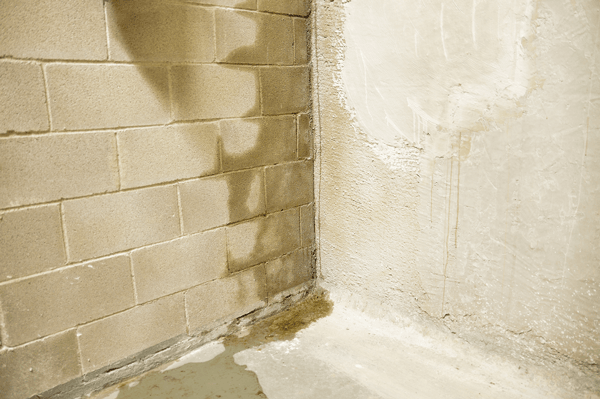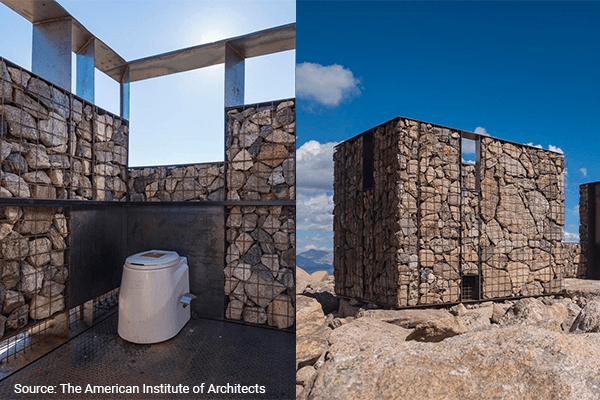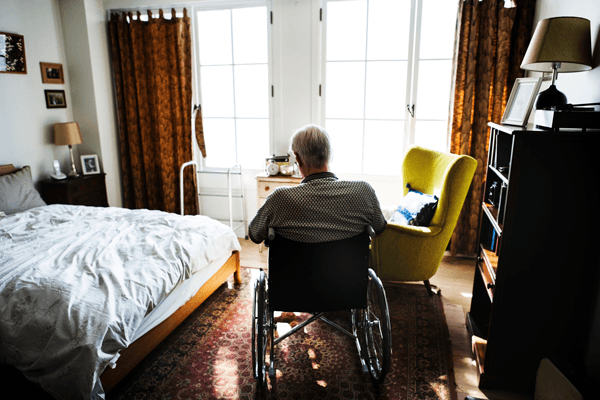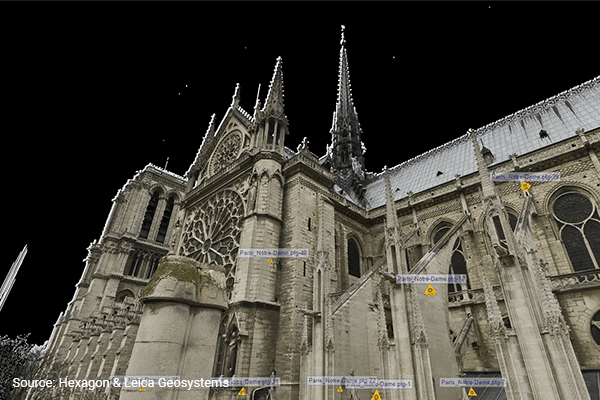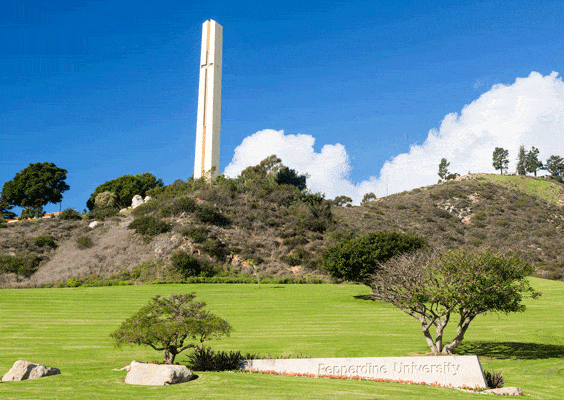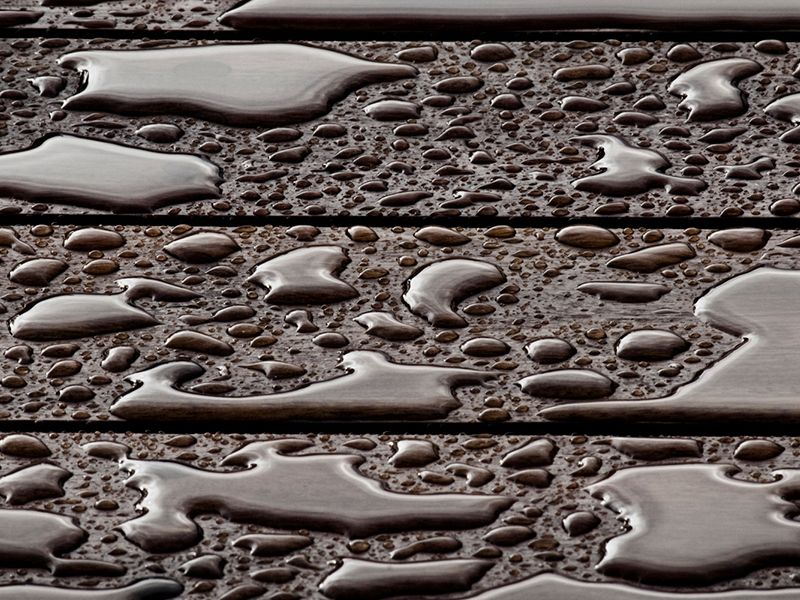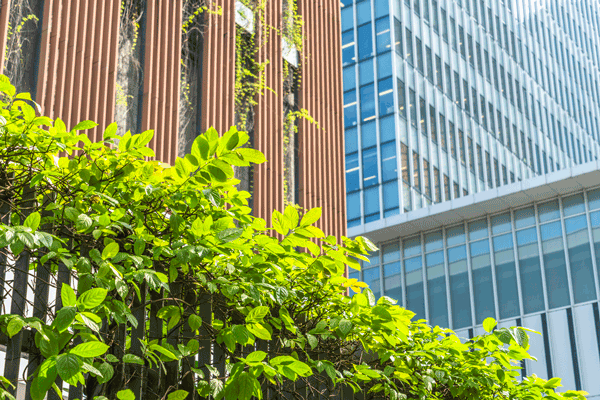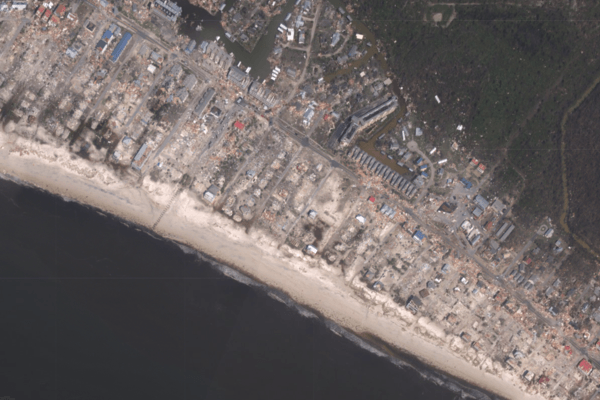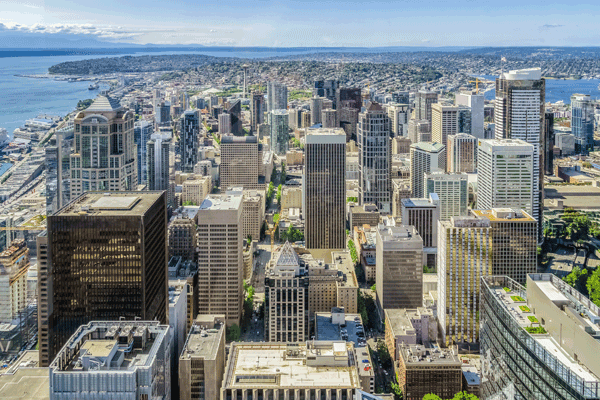“Construction Methods Used to Exclude Moisture
There are three primary components to keeping water out of our built environments. One is good maintenance and one is good construction. This portion focuses on good design, which involves precautions that can be implemented on the drawing board to prevent infiltration.
Read More